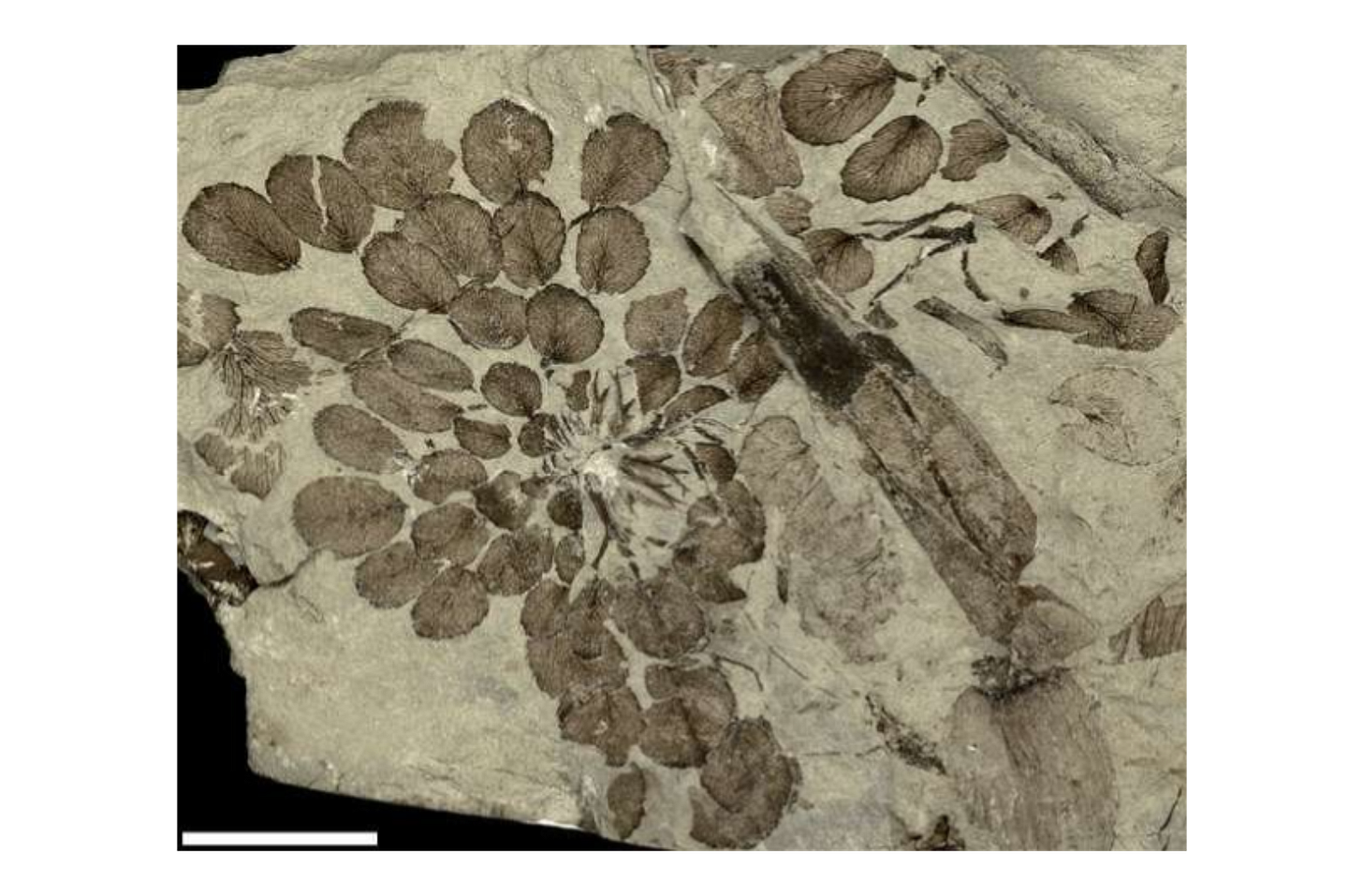Homemade fossils
I LOVE COAL I LOVE COAL
This weekend I left my beloved aspen parkland to make a visit to the Alberta Badlands. Here, I ignited campfires and reignited a love of geology that I thought had been left behind when I chose an unrelated career
Dinosaur Provincial Park is home to one of the world’s best fossil deposits from the Late Cretaceous. It is also home to far too many visitors, such as myself, trying to eke out a comfortable camping experience among the mosquitos. I am often drawn to southern Alberta by a romanticization of the wild west. The trip down was filled by daydreams about cattle drives and horse taming, train robberies and gold panning. Maybe an occasional atom bomb. Instead of sleeping under the open sky, I had my own covered wagon: a Ford Ranger with a salmon pink canopy. Her name is Diva and she treats me well. Though, she is a glutton for gasoline.
Poplar turned to wheat turned to sage, then the earth opened. Exposed rock engrossed me. No longer focusing on the road, I overwhelmed my traveling partner with everything I knew about Paleontology. Much of this knowledge had been obtained throughout a high-school paleontology elective.
It was during this course that I completed my favourite school project. Each student in the class was assigned a type of fossilization to explain and replicate for the class. I was given the process considered to be the hardest to demonstrate, fossil carbonization. This is the process by which plant or animal remains are trapped in sediment and due to pressure and heat are degraded until all that is left is a carbon silhouette. This is a similar process to that which makes coal but on the scale of a single organism instead of a vast forest.
I sandwiched a leaf between a couple of steel plates that I had liberated from the school weld shop and showed the assembly to the class like a magician might show the crowd a card.
Then I applied pressure using multiple clamps.
Then I took a blowtorch to it for several minutes while I explained the process of carbonization to the class.
In this recreation of the demonstration, I was not patient enough and cracked open my simulation sediment before it was ready but I’m sure you get the idea.
Whenever I have the chance, I go and visit my beloved North Saskatchewan River. It’s a nice reset when I grow tired of working in tall buildings. While exploring the banks I will often come across chunks of coal. They originate from long and thin seams that sit right above the waterline and stretch for kilometers. If you’re canoeing, it sometimes feels like you’re following the coal from cut bank to cut bank instead of the river. It’s a pencil line guide, laid down for paddlers during the late Cretaceous when the area would have been a vast marshland.
I find it fascinating that these remnants of life from long ago are composed of the actual matter that made up the original lifeforms. If you were in Dinosaur Provincial Park, or the nearby Royal Tyrell Museum the specimens considered the most impressive and awe-inspiring, like Black Beauty are formed by processes such as permineralization that result in a fossil composed nearly entirely of material generated from the surrounding rock. I get most excited, however, when I’m looking at a carbonized fossil, or especially a fossil containing nacre. I’m stoked by the idea that I’m seeing the actual substance of an ancient species, even at a maximum of 6000 years old
.







